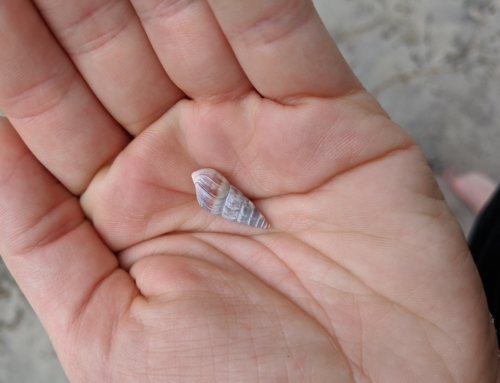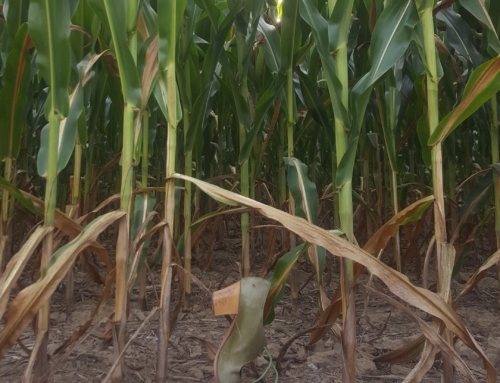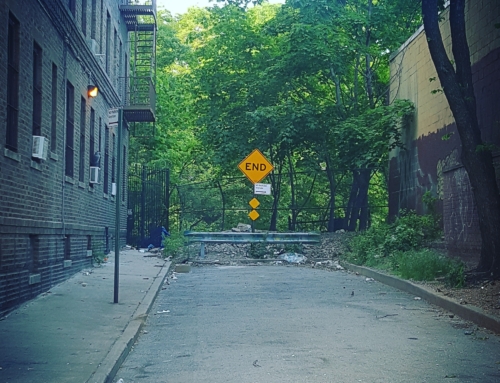Last week I saw three amazing flamenco shows. It’d been a little while, actually way too long, since I’d spent the money on seeing such caliber of shows, and it was well worth every penny and then some….Seeing great flamenco is just as important as taking classes and spending time in the studio, and most importantly it feeds my inspiration.
First, I saw Eva La Yerbabuena at The Gala for the Día de Andalucía (yes, we get a day off to celebrate being Andalucíans; imagine if every state got a day off just to celebrate living in that state in the U.S. 🙂
I had seen La Yerbabuena perform several years ago at the New York City Center. I loved all the videos I’d seen of her, and couldn’t wait to see her dance in person, but I was disappointed. Her movements had been carried to such perfection that they were boring. Her dancing was over-calculated and I felt it was devoid of passion and expression. I’m glad I gave her a second chance.
She began with seguiriya in which she war a jacket like a bull-fighter’s (un traje de luces) and the piece seemed to be a subtle portrayal of a bullfighter’s moments in the arena. Many gestures were taken directly from bullfighting. This was followed by a group piece that was a bit stale; although perfectly executed, it lacked excitement. The next piece Yerbabuena danced was a Tarantos. I loved the costume, but even more so the structure of the dance. To begin the piece, she repeated the same phrase of movement in three different spots on the stage which made the phrase function as a sort of chorus or refrain. In this piece I really began to realize the exquisite control she has of her body. The last piece she danced was a soleá with a bata de cola (dress with a train). She astounded me with her control not only of her body, but of the bata, as if it were a part of her. To have such control and precision that she can command exactly how the bata falls seems superhuman. It began a little cold and overly precise, but at some point she seemed to let go, and really transmit through the flawless movements.
Festival de Jerez!
| Úrsula López reaching for the ephemeral in “La otra piel” |
LA OTRA PIEL es bailar desde ese hilo tenue e indefinible que se llama aire.
El aire es lo inasible,lo incorpóreo, la transparencia.
El ritmo y el cuerpo son su materialidad, su concreción.
El bailaor es un compuesto, una aleación de metal bailado.
Quiero bailar desde lo que soy, desde las fuentes de las que he bebido.
Bailar desde una misma, de mi libertad al aire.
Expresar la esencia de un baile en permanente diálogo.
Instilar otras transparencias, otros aires, para poco a poco, soplo a soplo, dejar paso a mi libertad.
Ha llegado el momento de restituir. Así, a secas.
Como si el cuerpo exsudara gota a gota los sedimentos que lo conforman.
Ser,desde mi cuerpo, fluidez elemental, filtración de mis manantiales, el flamenco y la danza española.
Eso quiere ser LA OTRA PIEL.
Quiero recrear desde la esencia de la palabra.
Recrear es un más allá del divertir o del deleitar.
Recrear es responsabilidad artística contemporánea.
LA OTRA PIEL quiere ir más allá del convenido diálogo entre danza española y flamenco,dos expresiones artísticas distintas pero no tan diferentes, alejarse de la uniforme rigidez a la que se ha sometido.
Quiero devolverle su libertad aérea, impalpable e inasible libertad.
Ir a la conquista del aire.”
| Manuela Ríos dancing por soleá where it seemed as if she were in a trance. |
The second show I saw was “Consuelo de penas” by my teacher Manuela Ríos. It couldn’t have been more distinct from Úrsula’s show; Manuela is very ‘flamenca’ in the sense that she does not prominently experiment with influences outside of flamenco, although that’s not to say she is limited to the vocabulary of the past. This work functioned as a sort of homage to the music and musicians that inspired her when she was ‘colmado de penas’ (overflowing with pain).
The performance was not as clean or flawless as I think she is capable of producing, but in that way it left plenty of room for spontaneous expression. Manuela’s solo was a soleá in which it almost seemed as if she were in a trance at moments. There were two interesting pieces that featured Manuela and Cristina Hall; the first was a tarara danced with long pearl necklaces in which both dancers moved in and out of the necklaces, sometimes enlacing one another. After they removed the necklaces there was a moment when their true rapport and enjoyment of working with one another really shone threw.
| La Tarara. |
The second interesting piece danced by both women featured each one in a bata de cola (dress with a train) that was stuck under a guitarist’s chair so that they could not move beyond the radius of their bata. Both women have beautiful control of their arms, and the structure of the piece featured that.
| Cristina Hall’s piece left me speechless. |
The highlight of the show was Cristina Hall’s solo. She began in silence, in a lit circle in the center of the stage. Her gestures and movements told a story in such a way that nothing seemed to exist beyond that circle of light; the language of her dancing is far reaching in that; it needs no music, it goes beyond any limits of flamenco, and most importantly it transmits. I felt as if the lit air around her was just as much a part of the dance as she was. At one point she stepped out of the light, and you could suddenly feel the cold of the dark and the warmth of the light. She slowly reached her hand back into the light, walking around the circle as her hand grazed the lit air. It was a magical moment because the light and the darkness were palpable. For me, one of the marks of a great dancer is they create the illusion that they not only control their body adeptly, but they control the air around them–the negative space of the choreography.










Leave A Comment